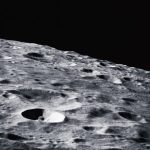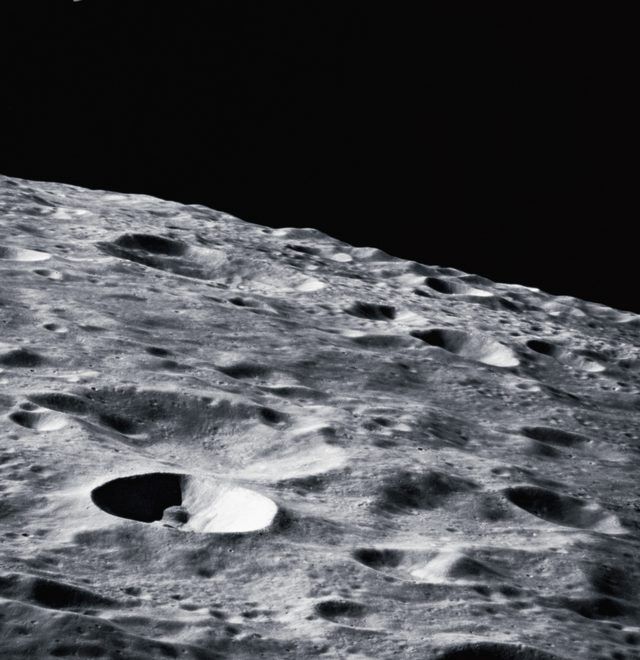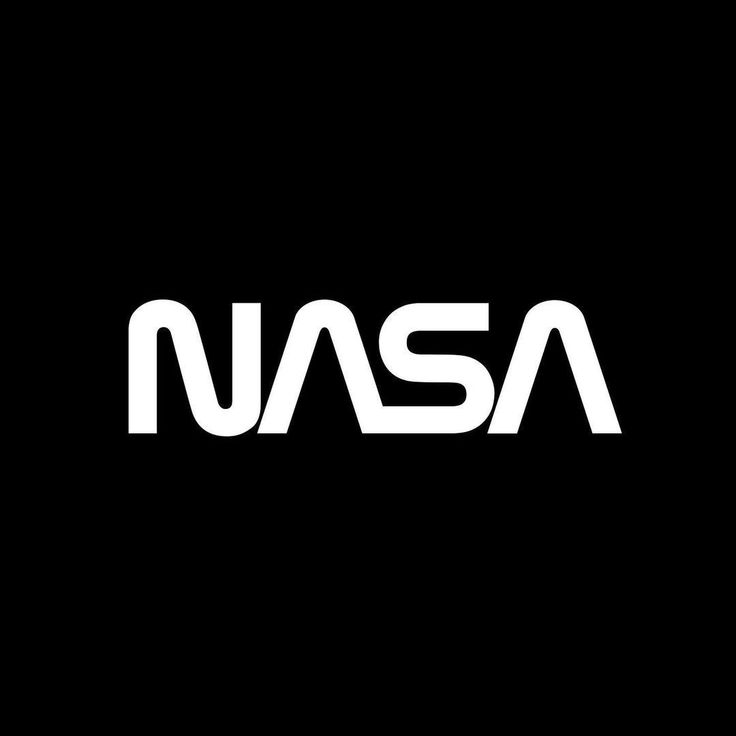The moon, Earth’s only natural satellite, has captivated human imagination for centuries. Its ethereal glow and ever-changing phases have inspired folklore, art, and scientific exploration. Let’s delve into the fascinating world of the moon and uncover the mysteries that make it a celestial wonder.
Formation and Characteristics
The moon formed approximately 4.5 billion years ago, likely as a result of a massive collision between Earth and a Mars-sized celestial body. This impact ejected debris into space, eventually coalescing to form the moon. Unlike Earth, the moon lacks a substantial atmosphere and magnetic field, making it vulnerable to solar winds and cosmic rays.
Phases of the Moon
The moon’s changing appearance in the night sky is a result of its orbit around Earth. From the new moon, where it’s not visible, to the full moon, where it appears fully illuminated, the moon goes through distinct phases. This dance between the Earth, moon, and the sun creates a celestial ballet that has inspired poets, writers, and stargazers throughout history.
Impact on Earth
The moon plays a crucial role in stabilizing Earth’s axial tilt, which helps maintain a relatively stable climate. Its gravitational pull also influences tides, creating the ebb and flow of oceans. The moon’s impact on Earth extends beyond the physical, shaping cultural and societal aspects. Many ancient calendars were based on lunar cycles, and various traditions and festivals are linked to lunar events.
Human Exploration and Moon Landings
The mid-20th century marked a significant milestone in lunar exploration with NASA’s Apollo program. The first manned moon landing, Apollo 11, occurred on July 20, 1969, with astronauts Neil Armstrong and Buzz Aldrin taking historic steps on the lunar surface. This achievement not only showcased human ingenuity and technological prowess but also ignited a renewed interest in space exploration.
Current and Future Lunar Exploration
While the Apollo program concluded in the early 1970s, recent years have seen a resurgence in lunar exploration. NASA’s Artemis program aims to return humans to the moon, with the goal of landing the first woman and the next man on the lunar surface by the mid-2020s. Other countries and private entities are also planning lunar missions, setting the stage for a new era of lunar exploration.
Scientific Discoveries
Advancements in space telescopes and robotic missions have allowed scientists to unravel the moon’s mysteries further. Recent discoveries include evidence of water ice in permanently shadowed regions, providing potential resources for future lunar colonies. Ongoing research aims to deepen our understanding of the moon’s geological history and its potential as a platform for further exploration into the cosmos.

The moon, with its timeless beauty and scientific significance, continues to be a source of wonder and exploration. From ancient myths to modern scientific endeavors, our celestial companion has played a pivotal role in shaping human culture and understanding of the cosmos. As we look towards the future, the moon remains a symbol of inspiration and a gateway to new frontiers in space exploration.









